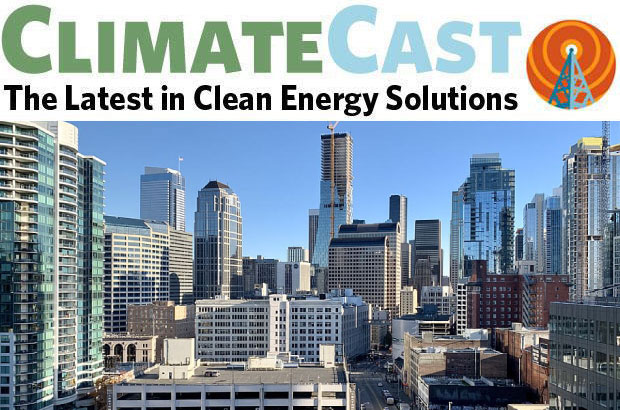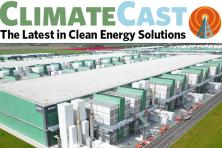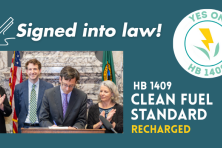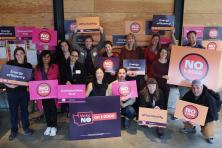All-in on electric: Washington leads with commercial building action
Big news from the upper left this week as Washington State moved to the forefront of clean buildings policy by requiring all new commercial and large multifamily buildings (4 stories or taller) to use electricity for space and water heating. This major win for clean energy coincided with President Joe Biden’s Earth Day Seattle visit where he discussed clean energy and signed an executive order. Washington’s new commercial energy code is the strongest, most climate-friendly in the country and will rely on the state’s clean (fossil free by 2045) electricity mix. The new building code is projected to cut more than 8 million tons of carbon dioxide by 2050, equivalent to the annual emissions of 1.8 million cars and also included improvements to building envelopes and efficiency that will further save energy. Washington’s commercial code update adds to the wave of recent actions around the country including approximately 72 jurisdictions in 9 states that have adopted building electrification policies since 2019. The fight against gas use in buildings is taking a variety of forms including pushback against rate increases in Oregon and all-electric cooking increasing in popularity.
Clean energy everywhere demands grid growth and better batteries. Both are coming.
The number of new and developing clean energy projects in line to connect to the power grid in the US continues to expand in record amounts, according to research from the Lawrence Berkeley National Laboratory at the University of California. The new Berkeley study suggests that “a huge transition is underway, with solar and [energy] storage taking a lead role.” The study’s authors note, however, that making and distributing all this renewable energy will require not only new power plants and transmission lines, but new large-scale capacity for storing electricity to supply the grid when the sun is not shining and the wind not blowing.
The Biden administration is working on plans to strengthen regional utility grids, while First Nations in B.C. aim to become their own clean power authority. Both industry and the federal government are keenly aware of the need to drive innovation in battery technology, to achieve greater capacity density, faster charging, and manufacturing that’s less dependent on tenuous and extractive global supply chains. This challenge is particularly critical for making electric vehicles more resilient and affordable. Some of the most fascinating work on grid-level energy storage relies on decidedly low-tech solutions rather than on advanced chemistry, making use of common natural forces such as air and water pressure, natural convection, and gravity (as in pumped hydropower) to store up energy when it’s readily available, and release it later as it’s needed. [Note: here’s a useful big-picture explainer: What is “the grid,” anyway?]
Progress on electrifying transit
More public transit agencies are making the commitment to clean public transportation. Most recently in the Northwest, the Portland metro area's Trimet announced plans to purchase 24 electric buses to meet a goal of an all-electric fleet by 2040. Notably, this investment also includes a pay bonus for new bus drivers and purchasing renewable rather than fossil diesel fuel for its current diesel fleet. The private sector is also partnering up with public agencies; Detroit will have its first mile of an EV-charging highway. General Motors broke a world record with their electric delivery van this past week. And in an attempt to stop making things worse, sixteen states including Oregon and Washington sued the U.S. postal service to block the purchase of close to 150,000 gas-powered delivery trucks.
Extremes close to home
Alarming headlines this week noted the persistent drought and water shortages the West and the Pacific Northwest face heading into the summer months. While April storms brought some added snowpack, the unexpected cold also meant that many farmers with agricultural crop staples suffered loss.




